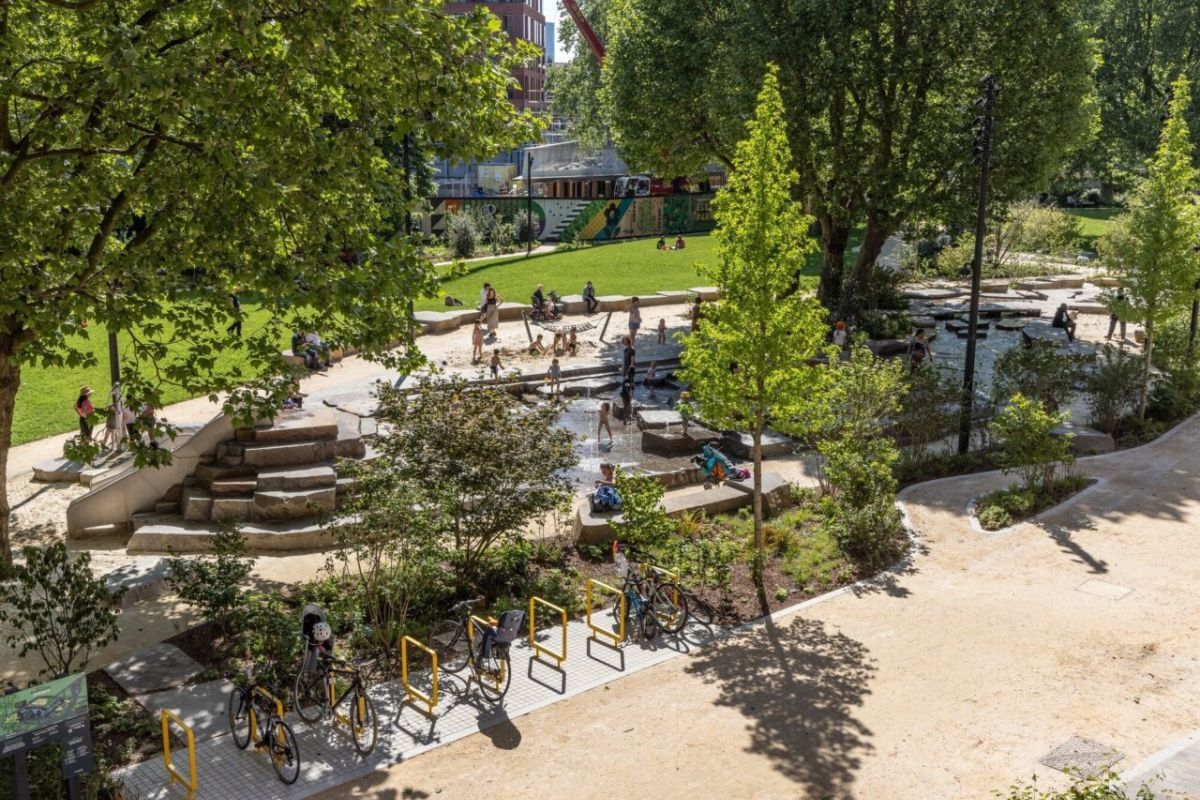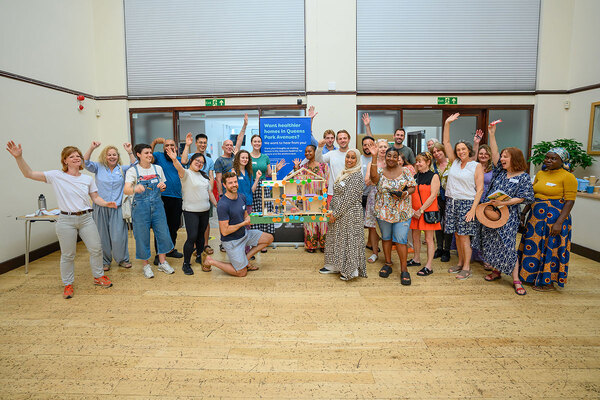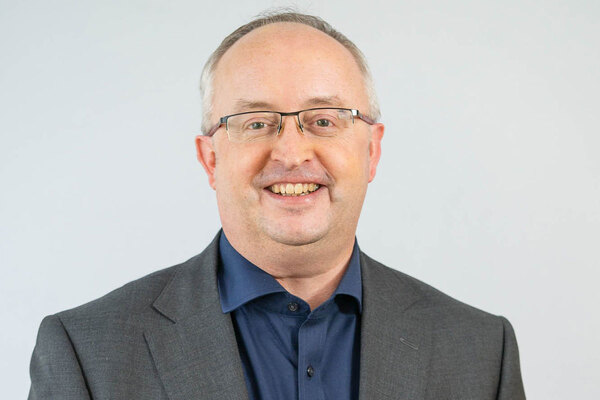How to: Design for Planet
Addressing the climate crisis will require all of design’s creative skill and collaborative spirit.
This is not just about doing the same with less: reducing our energy consumption, using less, and/or using recyclable materials — although that will be an important first step for many. This is about completely redesigning how we live our lives so we can regenerate, not extract from our planet, and make this a joyous and delightful way of being.
Inspired by the Three Horizons model (which shows how innovation can transition an old system to a new one) here are some stepping stones for how you can apply Design for Planet.
Step 1: Make what we currently design more sustainable (Horizon 1>2)
Reduce
Look at what energy and materials you are using and reduce them, and/or switch to renewables/recyclable. In business speak this is your Scope 1 and 2 emissions, and Scope 3 if you ask your supply chain to do the same. The Design Declares and Architects Declare have lots of resources for this, and we have just written about reducing energy consumption in branding.
Re-use
Think about how what you’re producing can be re-used. Build that in from the start through design for disassembly (e.g. use screws not glue) and incentivisation (e.g. designing a service that collects and repairs or remakes). Whole new circular business models and collaborations between businesses are emerging here. What is one business’ waste material is becoming another business’ design material, for example Hyundai’s collaboration with fashion designers using the waste from their car seat material for new clothing lines. The Ellen MacArthur Foundation has great resources on this.
Step 2: Create an inclusive market for new (or previously undervalued) green technologies and innovation (Horizon 2>3)
Make sustainable products and places desirable
Use design’s creative power to make new technologies that help us live sustainably the most beautiful and desirable they can be. So that using renewable energy, eating plant-based foods and holidaying locally are the most sought after. This can be done through the design of the product, building or packaging itself, in the graphic design of the marketing, and in wider music, film, TV and social media. Check out Festival of Place Pineapple and D&AD Impact Award winners for inspiration.
Make sustainable products and places accessible and inclusive
Deeply understand a diversity of human needs and motivations so that everyone can access these sustainable ways of living. For example, Solvega Pakštaitė has designed dynamic expiry labels that help people assess when food is actually out of date, helpful for those with visual impairments — and without.
Step 3: Redesign what you offer to regenerate the planet, together with others (Horizon 3>3)
Change the purpose of what you’re doing to regenerate the planet
If we are really going to tackle the climate crisis, we need to fundamentally redesign how we live our lives. Valuing nature and natural resources alongside people (and all people equally); environmental and social good alongside economic good. How can what you design help regenerate the natural world and help all people thrive? If you are a business, how can you reframe what you’re doing not as selling things to people, but helping people live more regeneratively, whether that’s creating housing or transport that produces renewable energy or wearing clothes or eating food that helps rejuvenate barren land?
This means putting planet at the heart of the brief, and seeing plants, animals, natural resources (like water, wind and mountains) as stakeholders or ‘users’. Within design, landscape architects have been doing this for years and beyond design, many indigenous communities have this as a core way of life. How can you help nature grow, for example by using the Nature Tool? How can you learn with respect and recognition from indigenous communities (like some of the people in this article by Anoushka Khandwala for AIGA)? How can what you design for people help deepen their understanding and connection to nature?
This also means measuring the wider social and environmental value of what you’re designing. Measuring these outcomes is more varied than the straightforward pound sign, but you could look at our Design Value Framework for more guidance and some example metrics.
Collaborate with others to create a movement for change
Fulfilling these bigger purposes will not be achieved by one design, or one business alone. To create these transitions, we need designers to work with policymakers, engineers, ecologists, artists, activists and communities to name a few. For example, the transition to a diversity of electric vehicles needs not only the technical design of the product but also the policy and regulations that govern them, business competitors need to collaborate to innovate around charging infrastructure, communities and nature need to provide inspiration for different uses and activists and artists need to bring them into our cultural surround sound so that they are adopted. Design weaves this all together by making the thing real, making it work, making it accessible and beautiful.
Design the ending
As the circular design movement and designers such as Joe McLeod, and projects such as Stewarding Loss remind us, this is where we need to concentrate. There is much design work to be done on helping old industries end well, designing pathways into new skills and employment to support a regenerative world.
Whichever step you start with, what’s important is to get started and do it with others.
Join us 16–18 October 2023 in Norwich and online for the third edition of our Design for Planet Festival.
Cat Drew is the Chief design officer at the Design Council



